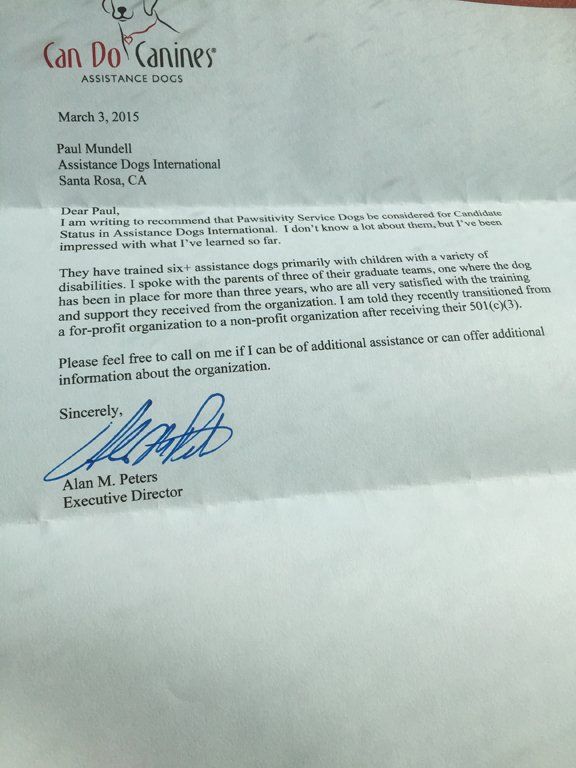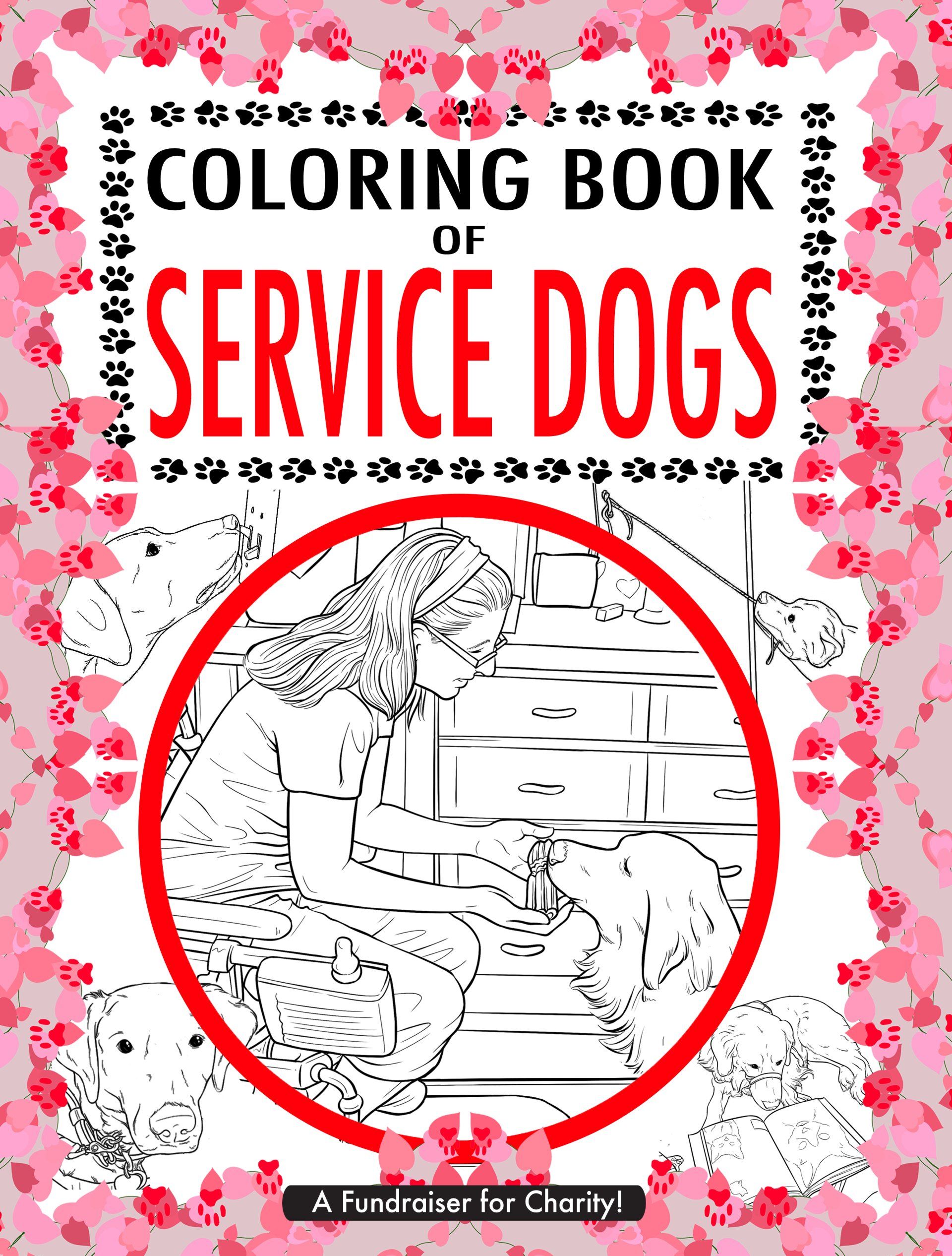Behavior Checklist
- By Tom Coleman
- •
- 27 Aug, 2018
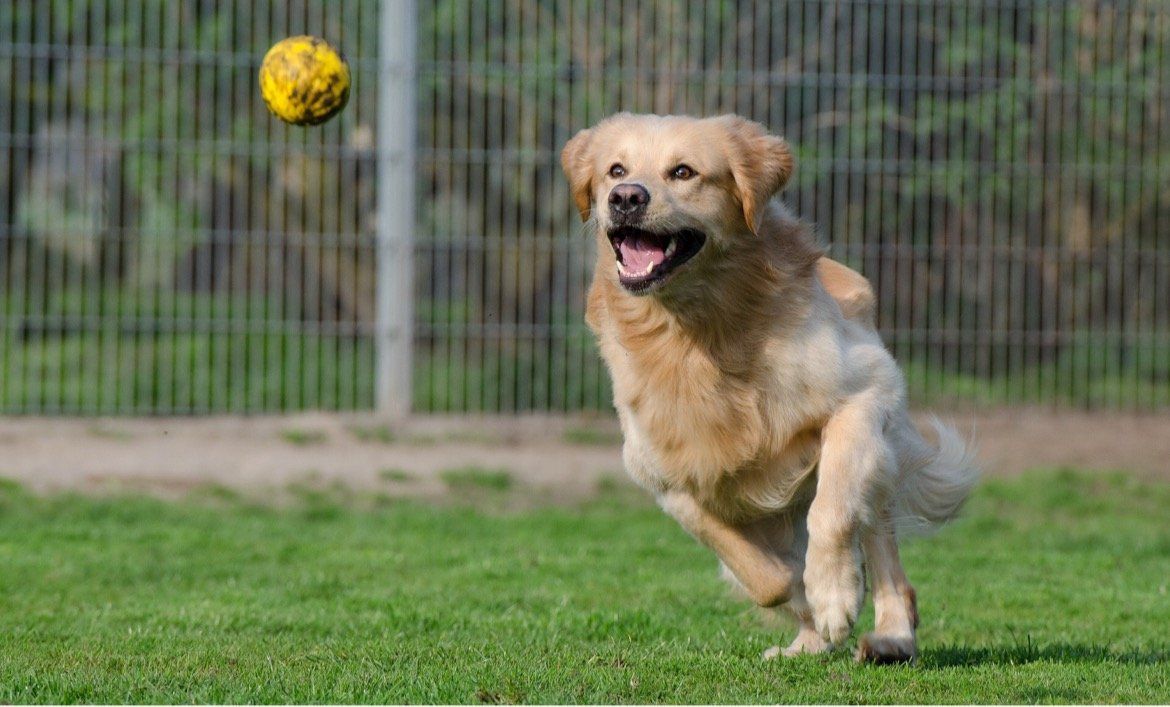
- Fears or sensitivities:
harness, noise, new floors, dogs, new locations, new objects, stairs, traffic, fans, riding in a vehicle, stressful situations, heights, thunder, strangers. Being alone, being separated, being handled, being reached for, being touched with an object.
- Too:
excitable, fidgety, barky.
- Lack of: resiliency, focus, initiative, people-focus.
- Too excited by:
movement, animals, dogs, smells.
- Poor behavior:
eating off the counters, resource guarding to people (or other dogs), aggression to people (or other dogs), jumping up, walking too fast. Also, not being kennel-trained or potty-trained.

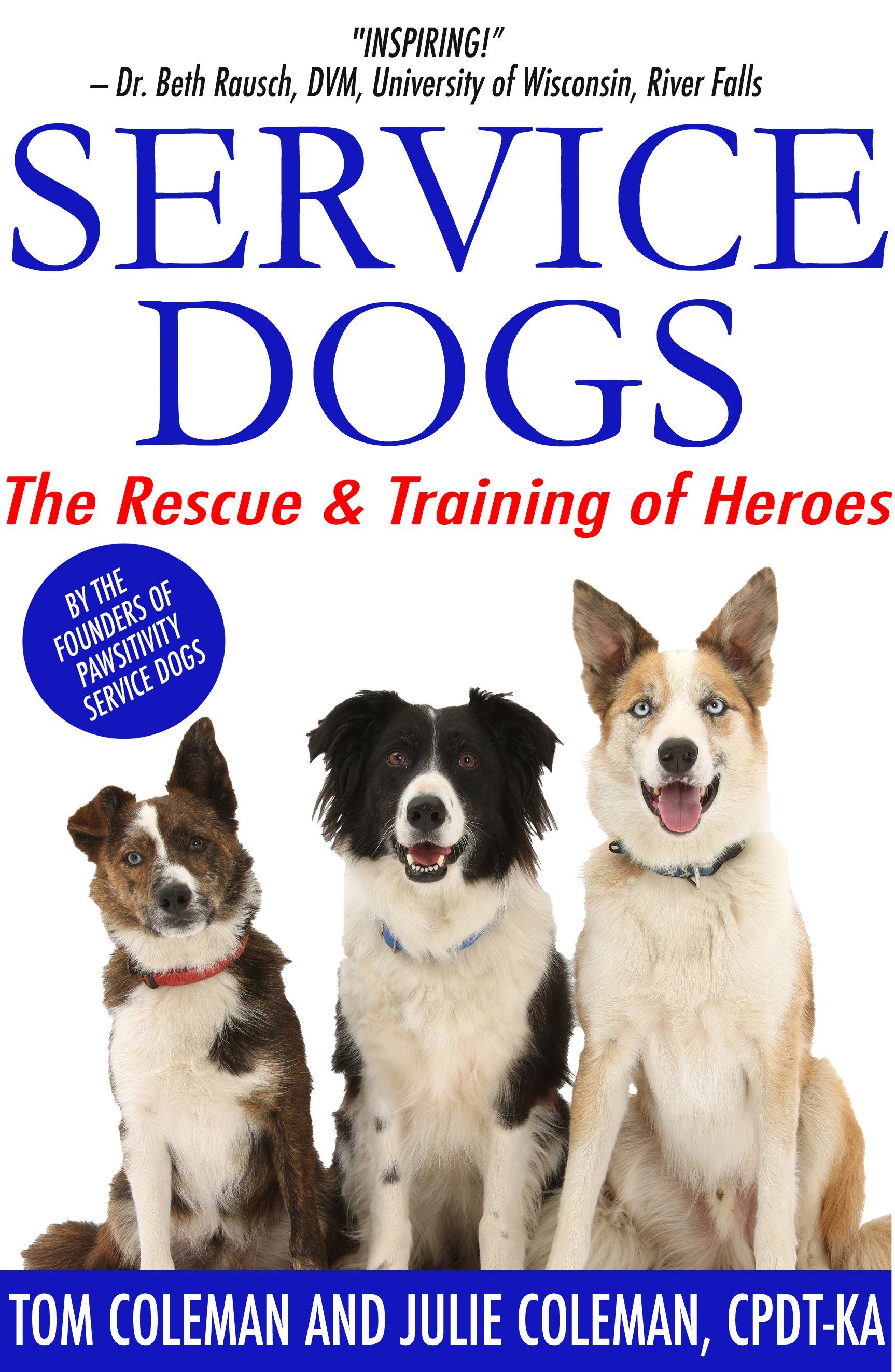
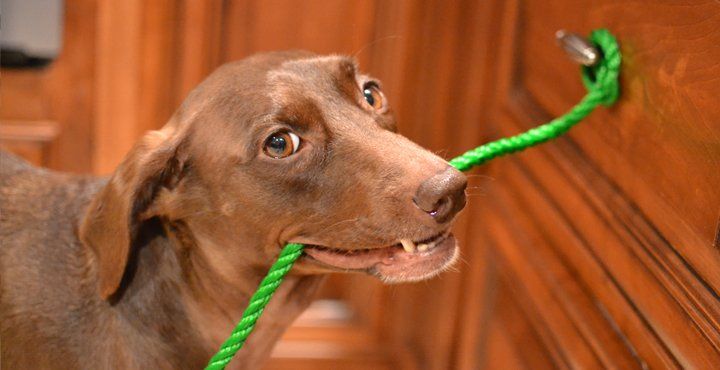
As a rule, nonprofit organizations do not publish policies or drafts of policies, but in the interest of transparency and assisting others, we are proud to be an industry leader. As far as we know, we are the first nonprofit in the U.S. to publish drafts of policies online (and thus, the first service dog nonprofit to do so, as well).
Each following policies have been asked of us, most of them specific to service dog 501(c)(3) nonprofit organizations. There are some other documents that have been requested of us, too, which are on the blog posts about Appendix 1
and Appendix 2.
- Note that these documents have not been updated online.
- Note also that many of the following are changed for online publication (for instance, to say "the organization.")
- Thus, the following are for your example and reference only.
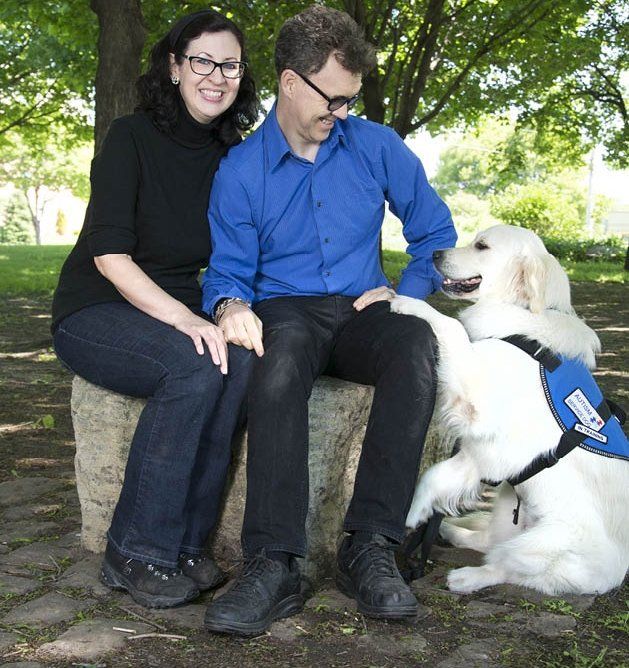
When Tom and Julie Coleman founded Pawsitivity Service Dogs four years ago, it was not just a clever name. They’re on a mission to bring positivity into the lives of families who are challenged with a connection to severe autism and other disabilities associated with the autism spectrum. “We are changing lives one dog at a time,” says Tom Coleman, who with his wife Julie trains autism service and therapy dogs for children.
Tom and Julie’s journey began after meeting a friend with an autistic son and seeing how much a dog was helping the boy. “He wasn’t even a trained dog,” says Tom, who upon further research found that at the time, nobody in Minnesota was training autism service dogs. “We don’t have our own kids, so we thought, ‘How can we help these children?’ We founded this charity, and the idea is that things can be positive and things can get better.”
Service dogs can help children with autism in many ways. “If a child becomes severely agitated, the dog will sit on the lap of the child, and the weight and pressure of the dog can assist them with calming,” says Tom, who also explains how service dogs can help autistic children who have issues with wandering or running off. He calls service dogs a “kid magnet” and says that the dogs are often a social bridge, helping with the isolation and loneliness having autism often brings.
“If you’ve met one person with autism, then you’ve met one person with autism. They’re all so different,” says Tom, who says this is the reason why Pawsitivity selects and trains each dog on an individual basis. Autism can be associated with other disabilities, known as comorbidity, which can include psychiatric disabilities such as major depression, severe anxiety, and panic attacks and also seizures, and the dogs are trained to meet those specific needs.
“We just train two or three dogs a year. It’s very intense, very focused. We go to the doctors’ appointments with the child if necessary. We have the dogs 24-7, and they are constantly getting training,” says Tom, who adds that each dog undergoes 900 hours of training typically over a 12-month period. Currently Pawsitivity has a wait list, which is closed.
The Colemans primarily rescue golden retrievers and Labrador breeds for training, and adult dogs are chosen over puppies so that their temperament is known. “From start to finish, we control the whole process. They’re all ‘second chance’ dogs,” Tom says. “We go through this checklist of what dog would be appropriate, and about one out of 1,000 dogs is. Smart dogs tend to be high energy, and low-energy dogs tend to be not very trainable. It’s hard to find one that is low energy and smart enough.” Tom explains that the dogs cannot be afraid of anything or be aggressive in any way, such as barking at cats. They also need to be healthy and the right age.
The dogs are trained only with positive reinforcement techniques. Training exercises include “proofing a dog’s commands, such as performing a strict heel through the distractions of the barking, sniffing or lunging of other dogs in a dog park,” Julie says. Pawsitivity Service Dogs is a partner member of the International Association of Assistance Dog Partners, and all the dogs are certified through Public Access Certification.
Christy and Joe Wills’ son Henry is 9 years old. The Wills family received their service dog, Bailey, two years ago to assist with Henry’s conditions: autism, ocular albinism, global developmental delays, epilepsy, hypotonic muscles and chronic sleep dis-regulation.


